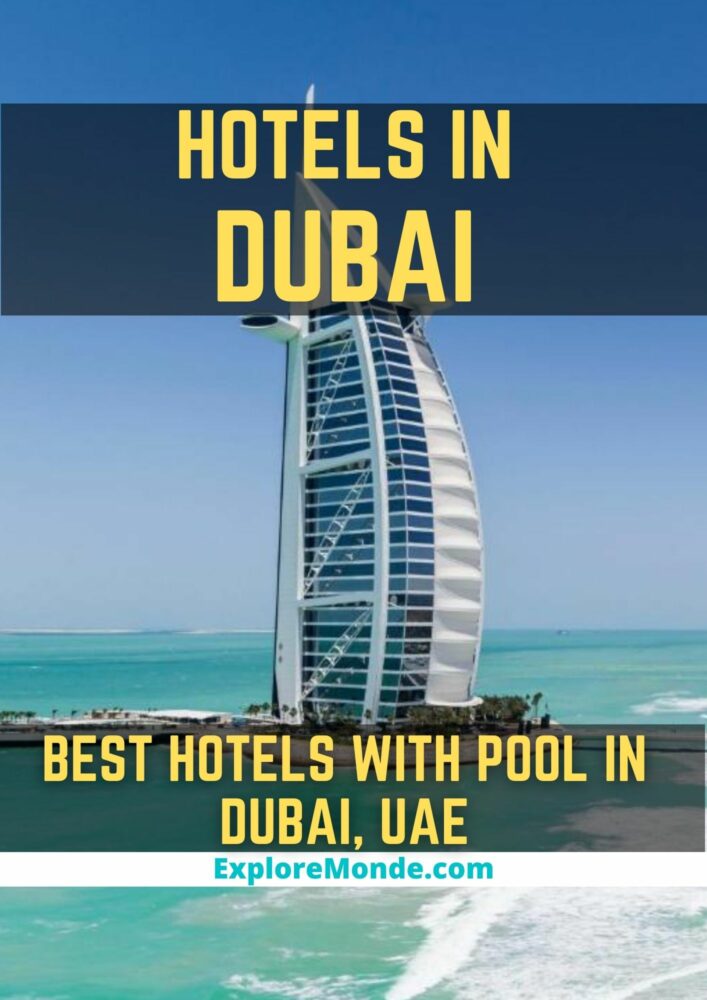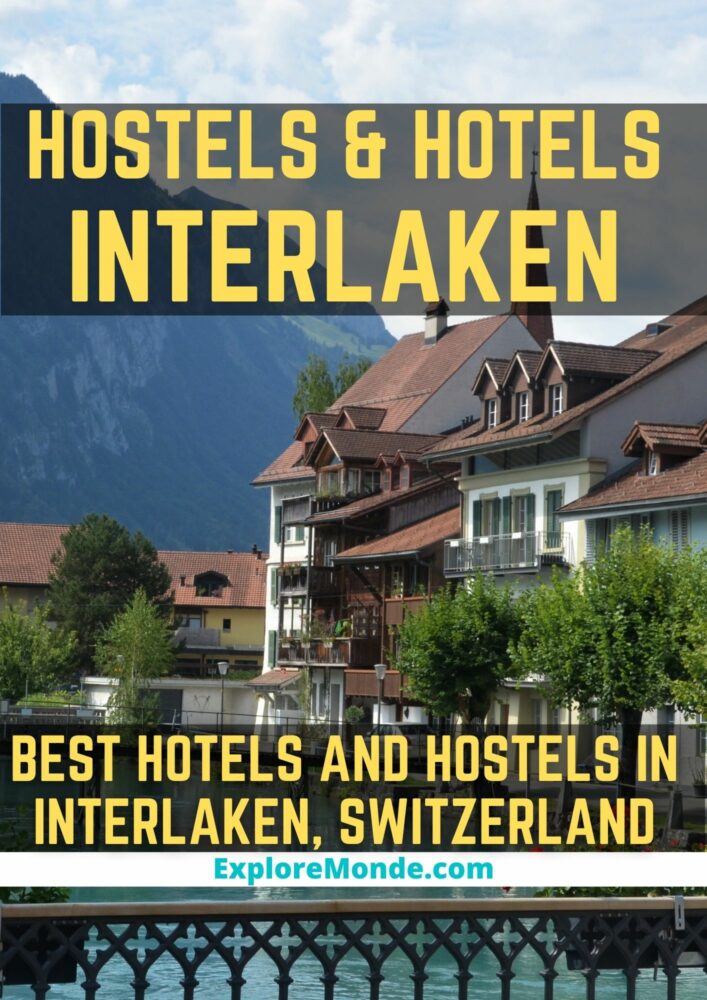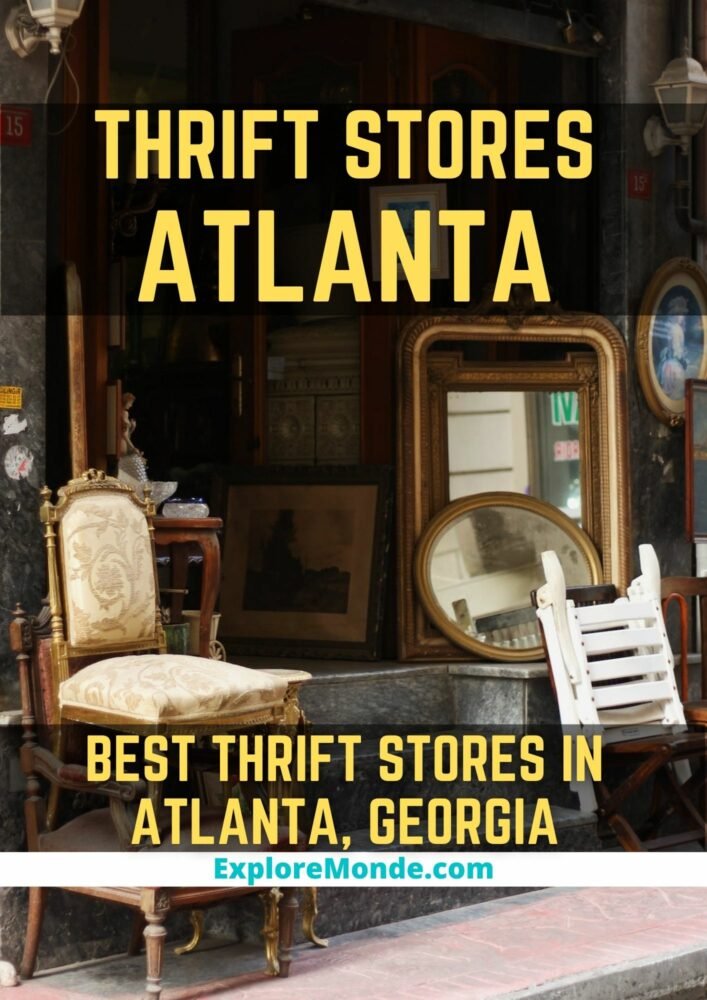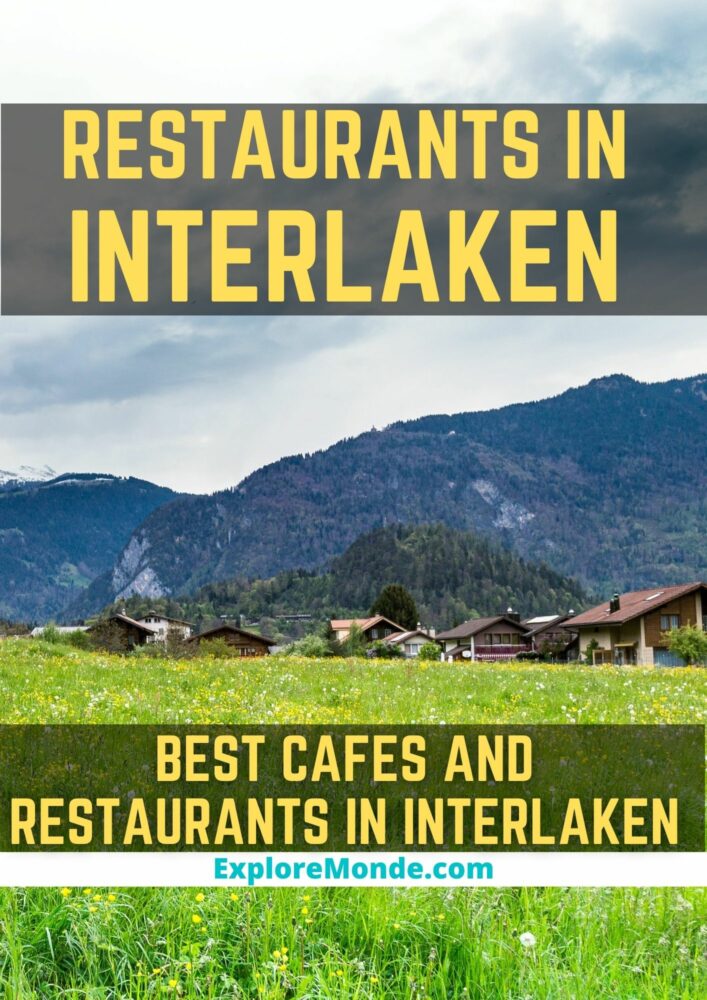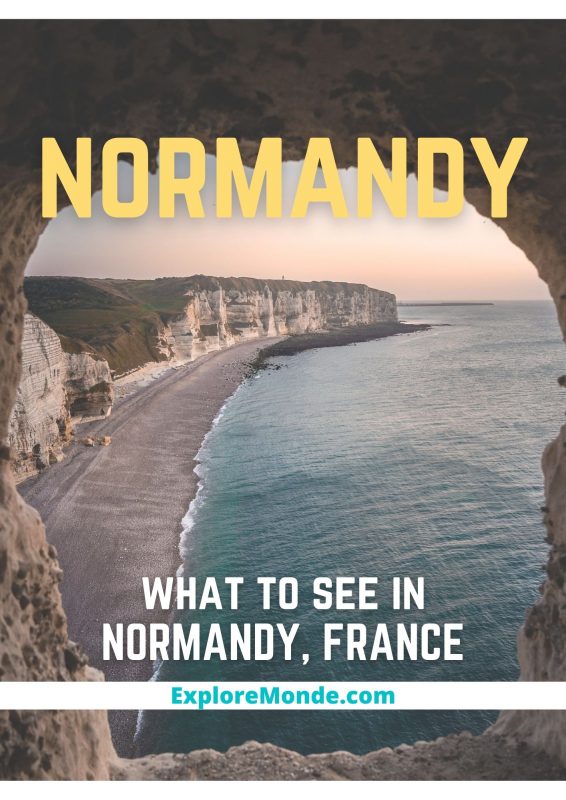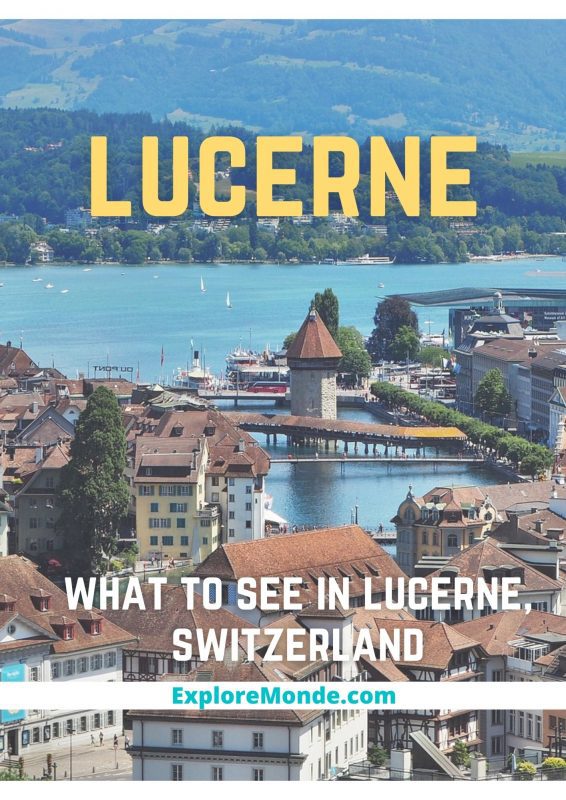14 Best Hotels With Private Pool in Dubai
Dubai is a city of luxury and excess, and nowhere is this more evident than in its hotels. From the opulent Burj Al Arab to the sleek and stylish Jumeirah Beach Hotel, there is a hotel in Dubai to suit every taste and budget. But if you’re looking for something truly special, consider booking hotels…


